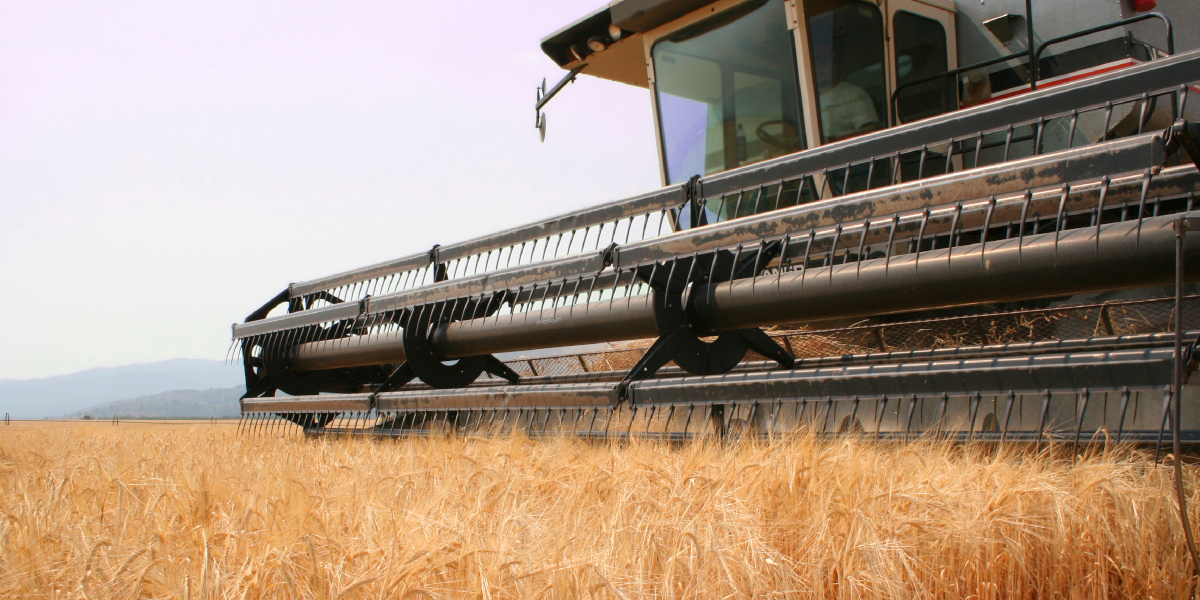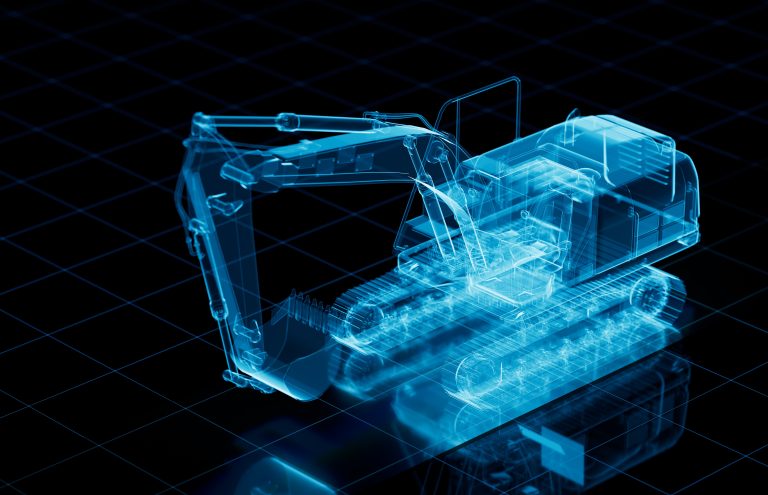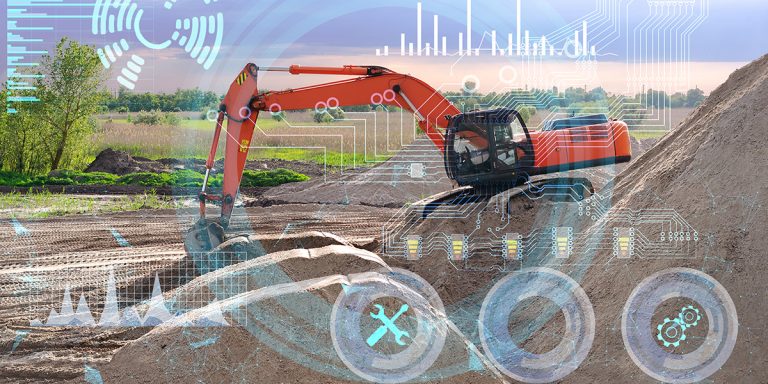Just like in the automotive world, the increasing volume of embedded electronics in off-highway vehicles is drastically changing the requirements in the sector, particularly in terms of vehicle diagnostics and maintenance. A number of ACTIA’s customers are leading brands for construction and agricultural machinery. The Group has developed genuine expertise in remote diagnostics and predictive maintenance.
Davide LOY, CEO of ACTIA Italia for twenty years, explains the challenges of diagnostics for such particular machinery.
What challenges arise in diagnostics for off-highway vehicles?
In the most direct way, the main challenge is to maintain the best service rate for the equipment. Off-highway machines are very expensive work tools for the user. They require massive investments from businesses in the construction and agricultural markets. For this reason, in these sectors, perhaps more than in any other, machinery downtime can have significant consequences on a company’s profitability.
“Manufacturers are well aware of their customers’ expectations. In addition, activities related to off-highway machinery are changing. Today, machinery manufacturers are developing their business model to focus more on machine maintenance than on sales themselves. “ Precise Davide LOY, CEO ACTIA Italia.
Special machinery manufacturers are turning their innovation efforts to focus on the capability of the equipment to communicate with its environment. The machine’s connection must be direct and continuous, not only with its environment, mainly for security reasons, but also with the manufacturers.
Over the past few years, manufacturers have taken a use-case approach to diagnostics. That is, development adjustments are made on the basis of concrete cases of failures in use, reported by the system itself. Once modelled, these failure cases enable repair processes to be automated.
Does this new economic model also affect after-sales diagnostics?
Of course, after-sales diagnostics solutions should also contribute to maintaining the service rate of vehicles. In the event of a failure, vehicle downtime must be kept to the minimum. And the task becomes more complex when the machine is not able to travel to the workshop.
This means that after-sales diagnostics solutions must be as efficient, user-friendly, mobile and comprehensive as possible.
For example, diagnostics solutions must incorporate FOTA, “Firmware Over-The-Air” technology. This technology is used to download in background the software updates of the onboard electronics control units (ECU). It does not require any specific user action, apart from accepting a request for authorisation to install it or restarting the device in question.
“Diagnostics processes and tools must also be as automated as possible. They should not require any specific skills from the technician. They must also continuously monitor the machinery’s data. The goal is to anticipate breakdowns or failures as far ahead as possible. “Explains Davide LOY.
What is ACTIA’s expertise in this area?
ACTIA Italia has long-term expertise in diagnostics for special machinery. Our ACTIA Group subsidiary was founded in 2000. It started its specific activities in the special machinery market more than 10 years ago by providing diagnostics solutions to the leading machinery manufacturer, part of a large Italian automotive group.
Since then, ACTIA has developed closer relations with manufacturers, to build a genuine partnership based on innovation and machinery performance. In-depth remote diagnostics technologies, FOTA and continuous machinery monitoring have all been developed by virtue of this mutual trust.
“The technical and sales teams are involved in the projects in the same way and have continued to grow for 10 years. We are fortunate at ACTIA to have highly specialised engineers who are familiar with the entire background of the technologies.” Underlines Davide LOY.
Thus, one of ACTIA Italia’s missions is to develop solutions dedicated to the special machinery market. The entity has developed very specific skills because this market is very different in many ways to the general automotive market.
In what ways?
The specific nature of this market focuses, for example, on:
- diagnostics socket;
- diagnostics communication protocol;
- machinery data monitor;
- calibration routines;
- ECU flashing.
These features are managed in a very different way for off-highway vehicles. That is, they do not have the same requirements as automobiles, for example.
However, it is interesting to note that due to the synergies with the ACTIA teams working on automotive diagnostics, telematics and the EOB team, new technologies from different fields can be rapidly integrated. Some diagnostics functions, such as faults and parameter monitoring, have been included in the ACTIAFleet Agriculture telematics solution, which is well-known for first-time remote assistance. Other common developments are emerging to make vehicle maintenance management increasingly efficient.
How does the ACTIA Group contribute to this highly specific know-how?
ACTIA is architecture. Its know-how lies in its ability to adapt complex systems and architectures to the difficult off-highway environment. The synergy of ACTIA’s skills in vehicle architecture, diagnostics and telematics brings a great deal of efficiency to the field of special machinery.
In particular, it enables:
- the convergence of diagnostics and telematics data for full vehicle traceability;
- remote diagnostics via the telematics portal for a global view of vehicle faults;
- remote in-depth machinery diagnostics, and predictive maintenance.
“The development of automotive technologies within the Group allows us to quickly transfer innovations from one sector to another. With this cross-cutting know-how, ACTIA offers special machinery manufacturers a flexible diagnostics solution, capable of diagnosing machines with a very wide range of features. This solution may be made compatible with the international diagnostics standard.” Stresses Davide LOY.
In addition, security and functional safety were the focal points of this analysis. I am not only referring to cybersecurity, but also to the authorisations for the owner of the machinery and the security conditions for performing repair activities.
To conclude?
The continuous evolution of off-highway machinery as it incorporates new features such as security, axles, Isobus tool management, etc. defines the new features on the diagnostics tools. In addition, new mobility-related data communication technologies—5G, BLE (Bluetooth Low Energy)—have boosted the computation capacity of the servers. These technologies require ongoing research to identify new diagnostics use cases and therefore ensure their maintenance.
Finally, based on emerging AI technologies, the next challenge will be to predict vehicle malfunctions and have vehicles interact more widely with their environment. (link to Pascal’s AI article)






